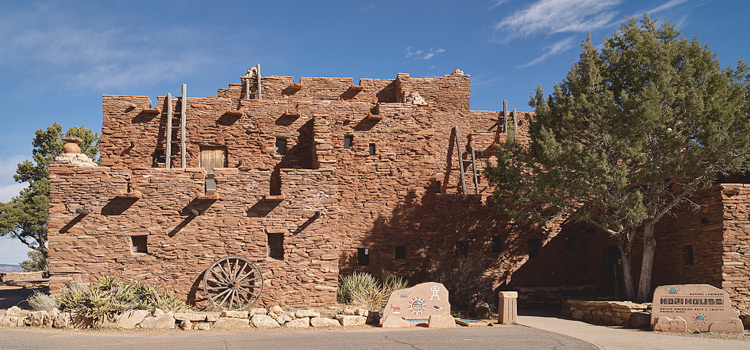
Why Mary Colter?
Alan Martinez' Opening Remarks before Alan Berke's lecture presentation
Who Was Mary Colter? A benefit for Friends of 1800 and SF Heritage celebrating the return to the Fallon site
Oct 25, 2002 • GLBT Community Center, 1800 Market, San Francsico
I was happy when I heard that Mr. Berke had written a new and authoritative book about Mary Colter, because I like her work. We've been asked why we are sponsoring this lecture. Well, she did go to school in San Francisco, and we are interested in obscure corners of American architectural history, but I think there is another reason for us to be interested in her work.
In his new book, Mr. Berke's offers the notion that Ms. Colter was the forerunner or precursor of today's designers of theme resorts. While this is an interesting idea, I was provoked to think of the ways in which she is not like today's designers of theme resorts.
The most obvious difference is the high quality of her work. Mr. Berke will probably mention her original research, and her demand for high quality craftsmanship. But for me the crucial difference is that she was not trying to create ancient Rome in Las Vegas or Atlantis in Bermuda, she was trying to create Arizona in Arizona and New Mexico in New Mexico. If there is escapism involved, it is an attempt to escape from the inauthentic East into the somehow more authentic West.
Hers is an attempt to get into and become that which is real and authentic about a place, not an attempt to move away from it. She could be accused of mythmaking, but if she was romantic about the West, it was the romanticism of Willa Cather and Wallace Stegner, not the romanticism of Disney and John Wayne movies. Is her work a kind of escape or a kind of waking up?
Mr. Berke outlines how attentive Colter was to the "story" her buildings tell. All architecture tells a Story of culture and place, even if the story is a pretence of having no place, or a story of belonging to a valueless "international" culture.
The idea that a particular and unique local history and culture are impossible or irrelevant in today's "international" culture is a slogan and an ideology, not a truth. We do have a choice about what we build and make; we are not slaves of what influences us.
As a citizen and architect who lives in a City often accused by the press of trying to turn itself into a theme park of itself because it has some notion of cultural continuity and a loyalty towards its own historic integrity, its own Story; Mary Colter's approach to architecture and place is of great interest to me.
Ms. Colter is of interest to me, and I hope she is of interest to you because of the stories she tells of the places she loves and because of the way she tells these stories. Her buildings tell stories with great passion and aesthetic sophistication; they are their own best justification. So we do have something to learn from Ms. Colter. Something about how we may become more ourselves. Something about not being afraid of relating to a place and to history in a straightforward and sincere manner. So It is with pleasure that I introduce you to Mr. Berke, and to Mary Colter.